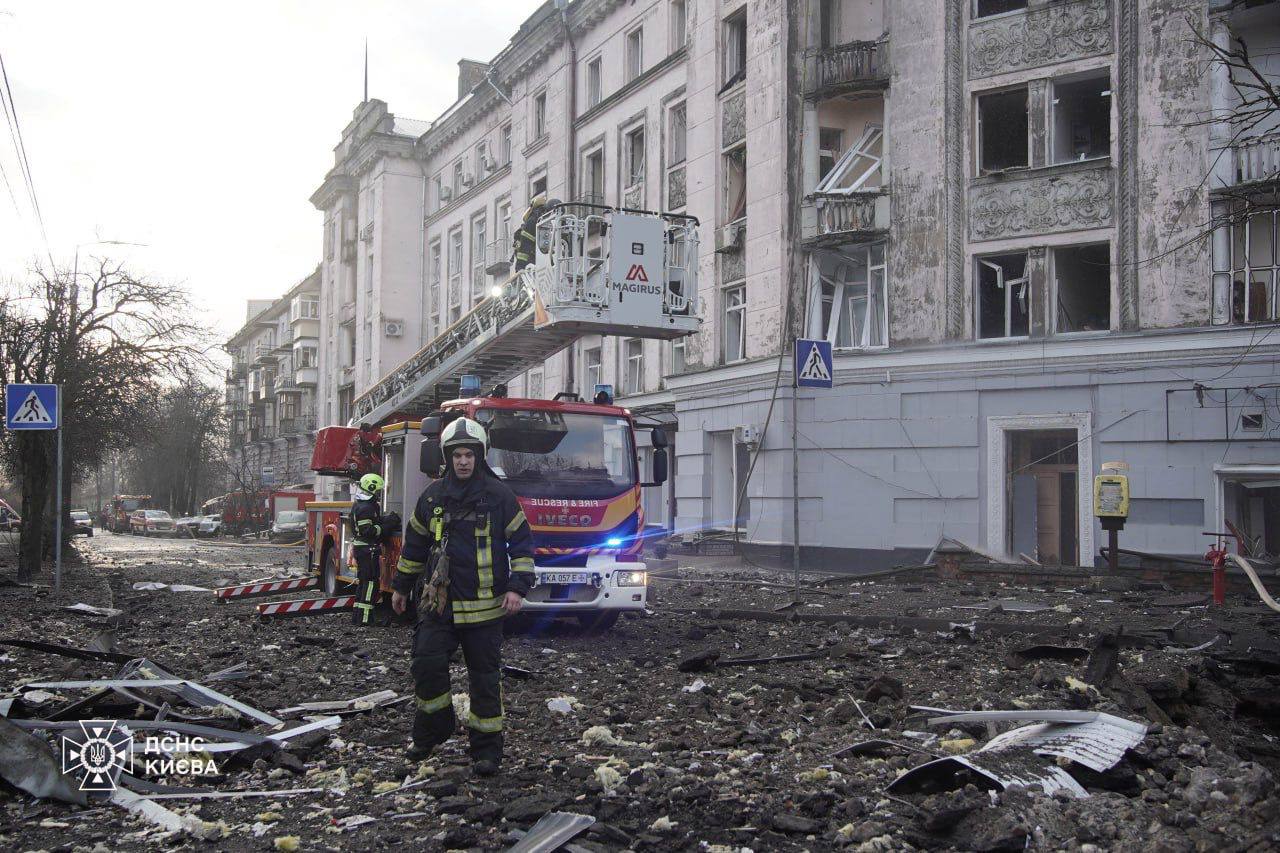ISW: Russia hopes to collapse Ukraine's energy grid amid air defense shortage

Russian forces are exploiting Ukraine's air defense shortages to launch a renewed assault that aims to destroy the country's energy grid, the Institute for the Study of War (ISW) wrote in their March 22 report.
The Russian military targeted over 130 energy infrastructure facilities across Ukraine overnight on March 21-22 in a massive drone and missile attack. The attack struck Ukraine's largest hydroelectric station, the Dnipro Hydroelectric Power Plant, and dozens of other facilities.
The attacks represented "the largest series of combined drone and missile strikes targeting Ukrainian energy infrastructure since the start of the full-scale invasion," the ISW said.
Russian attacks against Ukraine's power grid in winter of 2022 destroyed half the country's energy infrastructure. Ukraine braced itself for another winter of Russian assaults on the grid, but Prime Minister Denys Shmyhal said at the end of January 2024 that Ukraine's energy sector was stable.
The massive aerial attack on March 22 indicates that Russia may not have given up on the goal of disrupting Ukraine's power grid.
"Russian strikes on energy infrastructure in early Spring 2024 likely aim to collapse the energy grid in part to stall Ukrainian efforts to rapidly expand its (defense-industrial base)," the ISW said.
Critical shortages in Kyiv's air defense missile systems also offer the Russian military another chance to disrupt the grid. The Washington Post reported on March 15 that the shortage may soon force Ukraine to adjust its strategy regarding Russian attacks, shooting down only one out of every five missiles.
The ISW said Russian forces will likely exploit this window of opportunity as long as the shortages last.
"Russian forces failed to collapse the Ukrainian energy grid on March 22 but may aim to continue intensified strikes on energy infrastructure in subsequent strike series, especially to capitalize on continued delays in Western security assistance that are reportedly expected to significantly constrain Ukraine's air defense umbrella," analysts said.
Ukraine's ability to replenish its missiles stocks relies on the continued flow of U.S. aid, which has been stalled in a congressional deadlock for six months.













